Machu Picchu is one of the most iconic destinations on earth, drawing thousands of hikers annually to its ancient stone pathways. Images of misty mountains and remarkable Incan ruins have graced countless travel magazines, blogs, and social media feeds. Yet behind those perfect sunrise photos lies a journey filled with unexpected difficulties that tour companies often gloss over in their glossy brochures.
Here is a list of 20 challenges you might face when hiking to Machu Picchu that most travelers don’t anticipate until they’re midway through the experience.
Permit Limitations

Securing permits for the Inca Trail requires booking months in advance—sometimes up to 6-7 months during peak season. The Peruvian government strictly limits daily entries to 500 people, including guides and porters.
Many travelers arrive in Cusco only to discover all permits were sold out long ago, forcing last-minute changes to alternative routes. The permit system changes frequently, so information found online, even from just a year ago, may no longer be accurate.
Altitude Adjustment Period

The altitude in Cusco sits around 11,150 feet, with sections of popular treks reaching nearly 14,000 feet at mountain passes. Most travelers vastly underestimate how severely altitude sickness can affect even the fittest hikers.
Symptoms often include pounding headaches, nausea, insomnia, and breathlessness that can begin within hours of arrival. Doctors recommend spending at least 2-3 days acclimatizing in Cusco before attempting any trek, yet many itineraries rush this crucial adjustment period.
Like Travel Pug’s content? Follow us on MSN.
Temperature Fluctuations
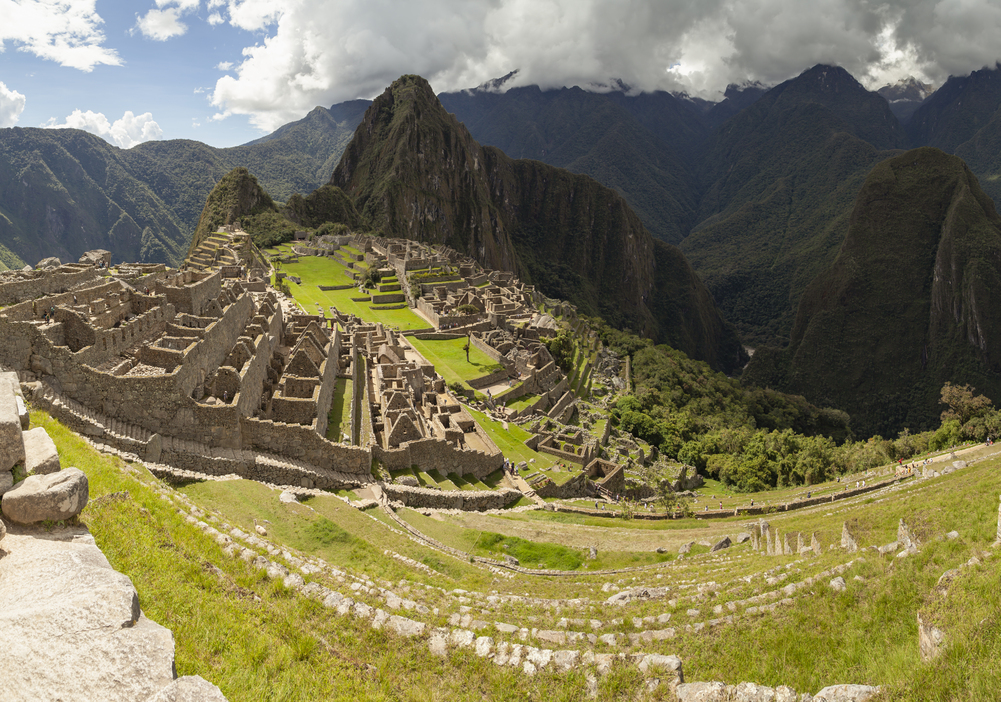
The mountain climate presents extreme temperature swings that can catch hikers unprepared. Mornings might begin near freezing, midday temperatures soar into the 80s under intense sun, then plummet again after sunset.
Packing becomes particularly challenging since you’ll need layers for both cold mountain nights and sweltering daytime hiking, all while keeping your backpack manageable. The sun at high altitude feels remarkably more intense than at sea level, burning exposed skin in minutes rather than hours.
Bathroom Realities

Toilet facilities along most trekking routes range from basic to downright primitive. Many campsites feature simple squat toilets without running water, toilet paper, or hand sanitizer. Some portions of trails have no facilities whatsoever, requiring hikers to embrace nature fully.
Tour companies rarely emphasize this aspect in their marketing materials, leaving many travelers shocked by the bathroom conditions they encounter. Bringing personal toilet paper and hand sanitizer becomes an absolute necessity rather than an optional luxury.
Physical Demands

The physical challenge exceeds what many travelers anticipate, even those who maintain regular fitness routines at home. Days typically involve 6-8 hours of continuous hiking across uneven stone paths with thousands of ancient stairs varying dramatically in height and width.
The cumulative effect of multiple days hiking at altitude creates a unique exhaustion, unlike typical gym workouts. Even athletic travelers often find themselves struggling by the third day as muscle fatigue compounds with altitude effects.
Like Travel Pug’s content? Follow us on MSN.
Rainy Season Complications
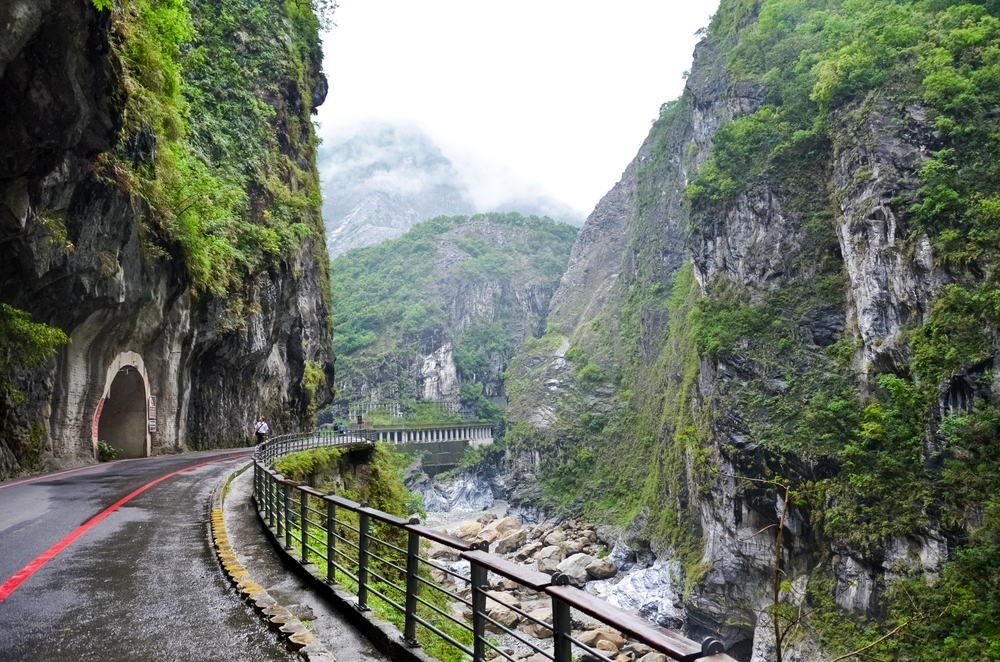
The rainy season from November through April transforms picturesque stone pathways into slippery, treacherous surfaces. Constant moisture means hiking in perpetually wet clothes and boots, increasing blister risks and general discomfort.
While tourism marketing showcases stunning sunny vistas, the reality during these months often includes heavy fog that completely obscures those iconic views you’ve traveled thousands of miles to witness. Trails can become dangerous mudslides, and river crossings grow more hazardous with increased water levels.
Limited Personal Space

The camping experience along guided treks provides minimal personal space. Tents typically sit just inches apart, and every sound travels easily between them. Snoring fellow hikers, early risers, and late-night bathroom trips create a communal sleeping environment that makes proper rest challenging.
Dining tents force close quarters with strangers at every meal, which introverts may find particularly draining after long hiking days. Privacy becomes a forgotten luxury for the duration of most multi-day treks.
Sleep Disruptions

Getting adequate sleep proves remarkably difficult for most hikers. The combination of altitude effects, uncomfortable camping mats, cold temperatures, unfamiliar noises, and early wake-up calls (often before 5 AM) creates perfect conditions for insomnia.
The resulting sleep deprivation compounds the physical challenges of hiking. Tour guides typically expect everyone to be ready to depart shortly after dawn, regardless of how poorly you might have slept. Many hikers complete the journey in a perpetual state of exhaustion.
Like Travel Pug’s content? Follow us on MSN.
Communication Blackouts

Cell service disappears completely along most trekking routes, creating a communication blackout that lasts days. While some find this disconnection refreshing, unexpected problems at home become impossible to address.
Travelers accustomed to constant connectivity may experience surprising anxiety without access to communication tools. The inability to check weather forecasts, send reassuring messages to worried family members, or manage unexpected work situations adds mental challenges to the physical journey.
Persistent Insects

Mosquitoes and tiny biting gnats create constant companions along sections of most treks, particularly during warmer months. The region harbors persistent insects that somehow manage to find exposed skin despite layers of clothing and repellent.
Areas near water sources along the trail become particularly infested during dawn and dusk hours. Standard insect repellents often prove less effective at high altitudes, requiring stronger formulations or accepting the inevitable dozens of bites as part of the experience.
Unexpected Weather Patterns

Weather patterns in the Andes change with remarkable speed and unpredictability. Clear blue skies can transform into hailstorms within 30 minutes, regardless of forecasts or season.
These sudden changes force hikers to carry rain gear at all times, adding weight to already heavy packs. Tour companies operate year-round, creating the impression that weather concerns remain minimal, yet locals know certain months bring regular afternoon thunderstorms that make exposed mountain ridges potentially dangerous.
Like Travel Pug’s content? Follow us on MSN.
Limited Shower Access

Most trekking routes provide minimal or nonexistent shower facilities. Depending on your chosen route and tour company, you might go for 3-4 days without any opportunity to clean up properly.
Some premium tour operators offer limited hot water for basic washing, but most hikers rely on wet wipes and hand sanitizer for personal hygiene. The cumulative effect creates interesting social dynamics as everyone progressively gets smellier together. Arriving at Machu Picchu itself on your final day means encountering freshly showered day-trippers while feeling particularly grimy.
Porter Ethics Issues
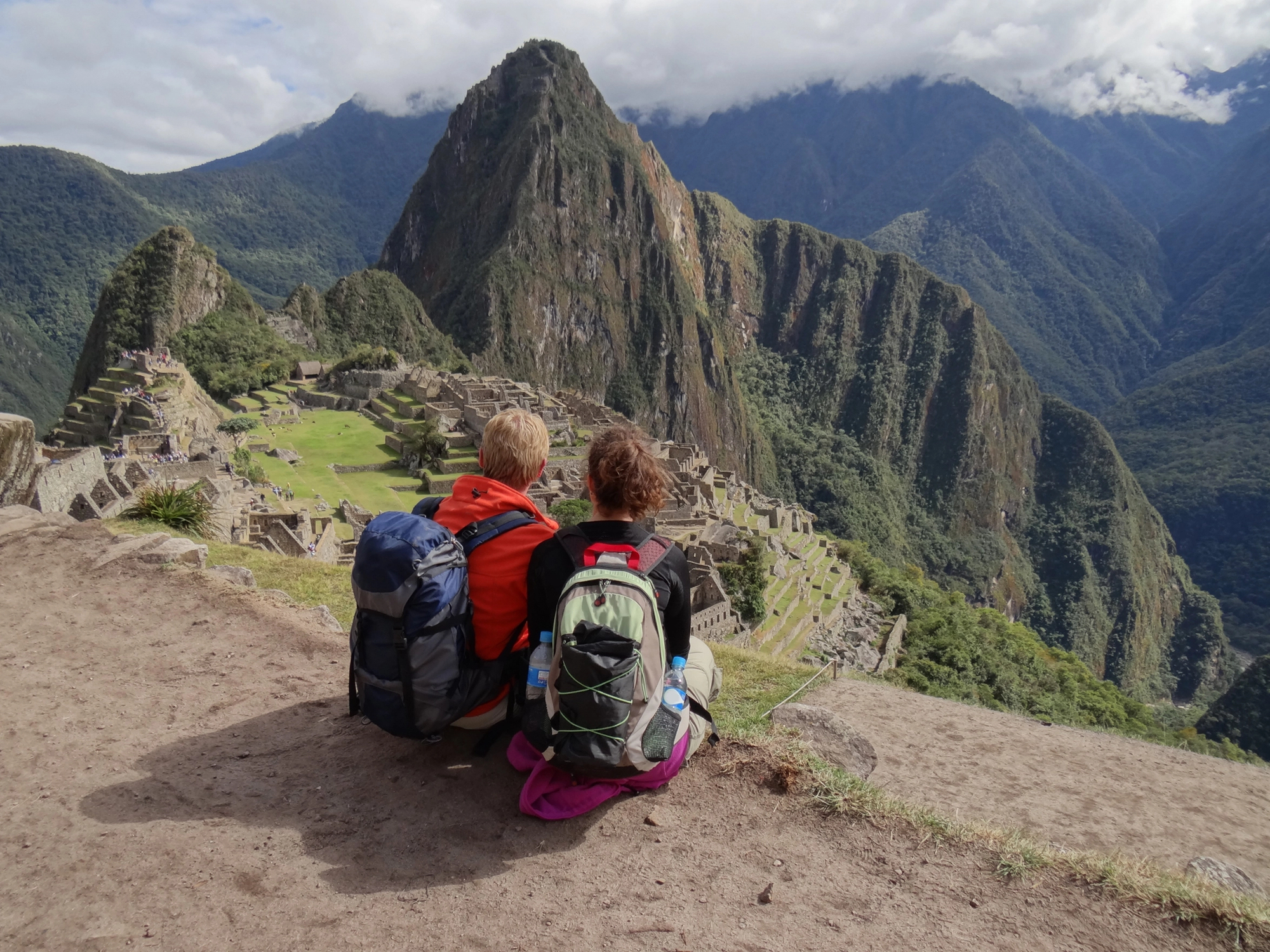
The treatment of porters creates an ethical concern many travelers only recognize once witnessing it firsthand. These essential workers often carry massive loads (sometimes 50+ pounds) while wearing minimal footwear, racing ahead of tourist groups to set up camps before hikers arrive.
Working conditions, wages, and weight restrictions have improved through advocacy, but significant issues persist with some companies. Responsible travelers should research tour operators thoroughly regarding their Porter treatment policies, yet this rarely appears on pre-trip checklists.
Crowded Main Attractions
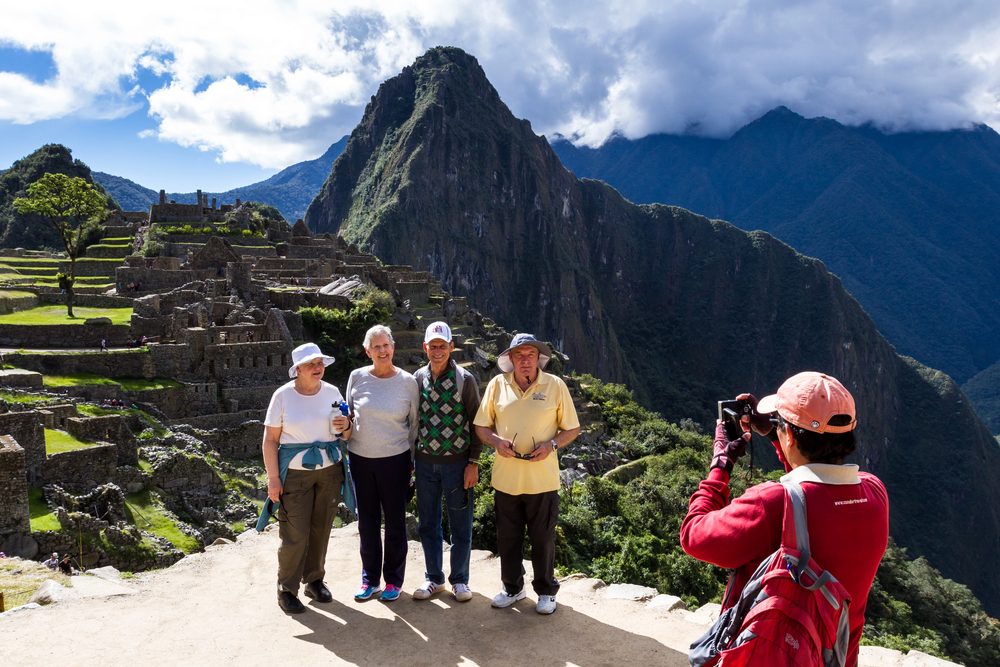
The idyllic, people-free photos of Machu Picchu that dominate social media rarely reflect reality. The main site accommodates thousands of daily visitors, creating crowded conditions at popular viewpoints. Getting that perfect empty backdrop photo requires either extraordinary luck or arriving at the earliest possible entry time.
Restrictions increasingly limit where visitors can walk within the site, with many areas now accessible only with guides or via one-way paths. The crowds contrast sharply with the relative solitude experienced during parts of the approach trek.
Like Travel Pug’s content? Follow us on MSN.
Motion Sickness Challenges
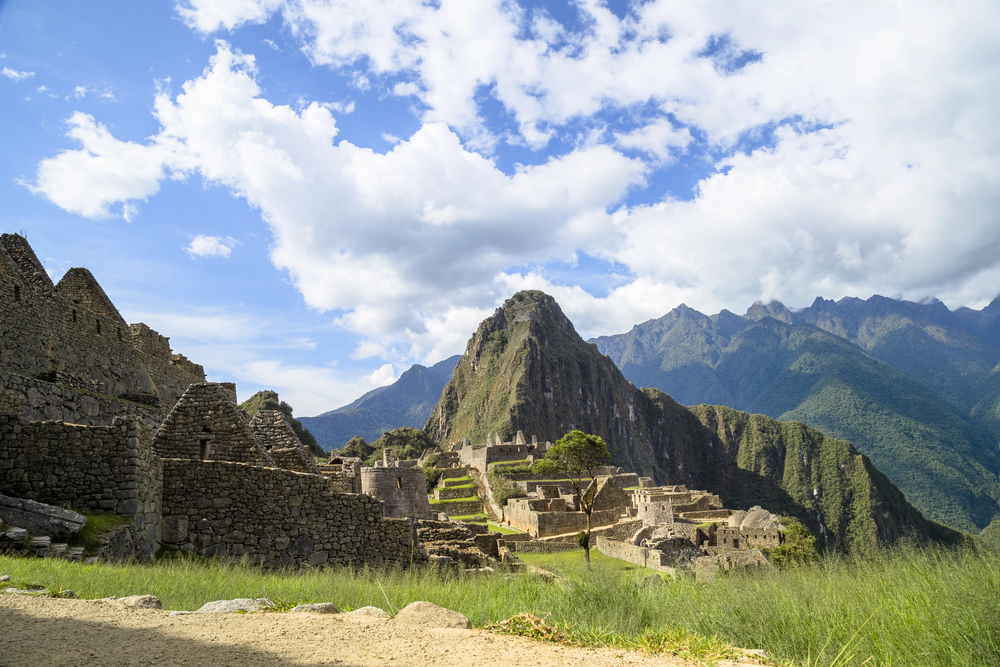
Reaching the trailhead typically involves winding bus journeys through mountain roads with countless switchbacks. These journeys, often lasting 3+ hours, cause severe motion sickness even in travelers not normally prone to the condition.
The return journey from Aguas Calientes (the town below Machu Picchu) requires either another bus ride or a train journey along a winding river valley. Many hikers celebrate completing their trek but face an equally challenging transportation experience getting back to Cusco.
Persistent Dampness

The cloud forest environment surrounding parts of the trek creates persistent dampness that permeates everything. Clothes never fully dry overnight, sleeping bags gradually accumulate moisture, and camera equipment requires special protection.
This constant humidity creates ideal conditions for blisters, skin rashes, and equipment failures. The psychological effect of never feeling completely dry or clean wears on hikers as the journey progresses, yet rarely gets mentioned in pre-trip information.
Unexpected Trail Closures
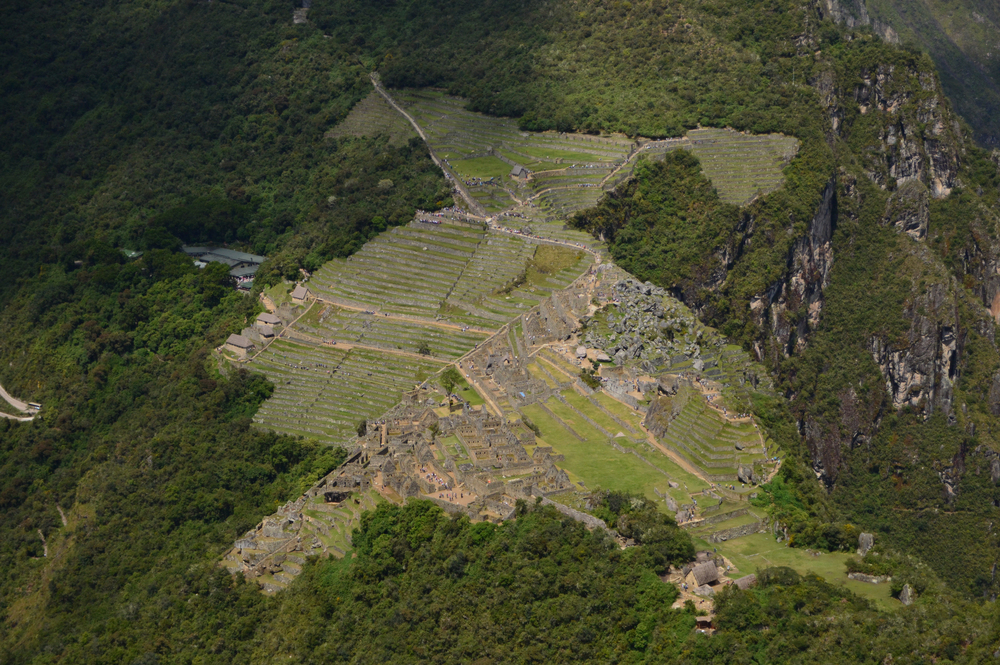
Sections of trails occasionally close without warning for maintenance, landslides, or archaeological work. These closures forced guides to create detours that sometimes add significant distance or difficulty to planned routes.
The Peruvian government increasingly implements restrictions to protect the ancient pathways from excessive wear, sometimes announcing changes with minimal notice. Flexibility becomes essential, yet many travelers arrive with rigid expectations based on outdated guidebooks or online reviews.
Like Travel Pug’s content? Follow us on MSN.
Digestive Challenges
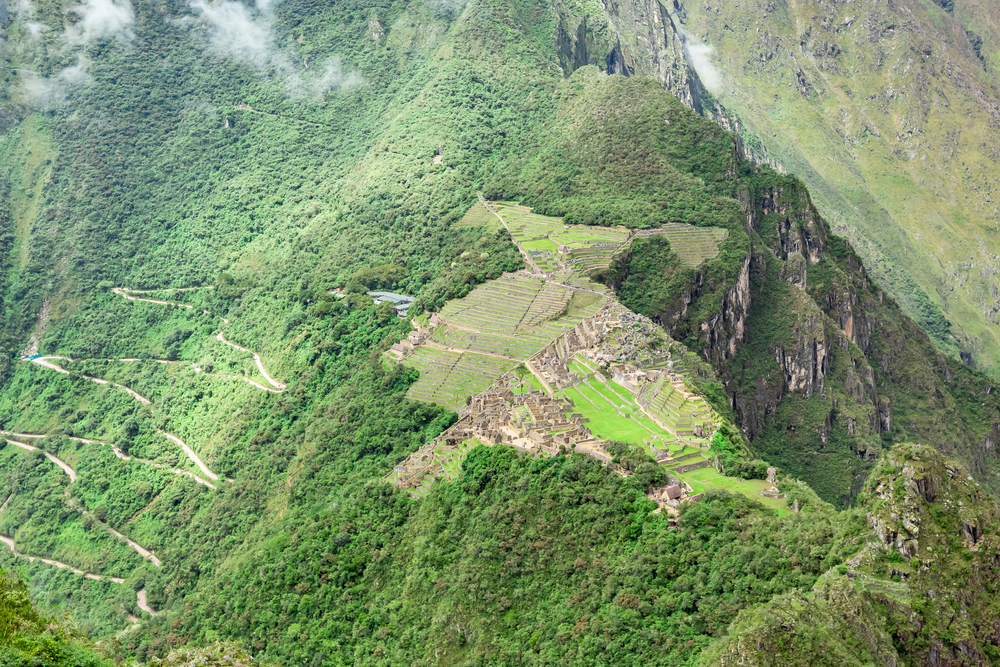
Even careful eaters frequently experience digestive issues during their trek. The combination of unfamiliar food, altitude effects on digestion, different water sources, and basic food handling conditions in remote camp kitchens creates perfect conditions for stomach problems.
These issues become particularly challenging given the limited bathroom facilities previously mentioned. Smart hikers bring appropriate medications, yet many underestimate how common these problems are regardless of precautions.
Weight Limits Reality
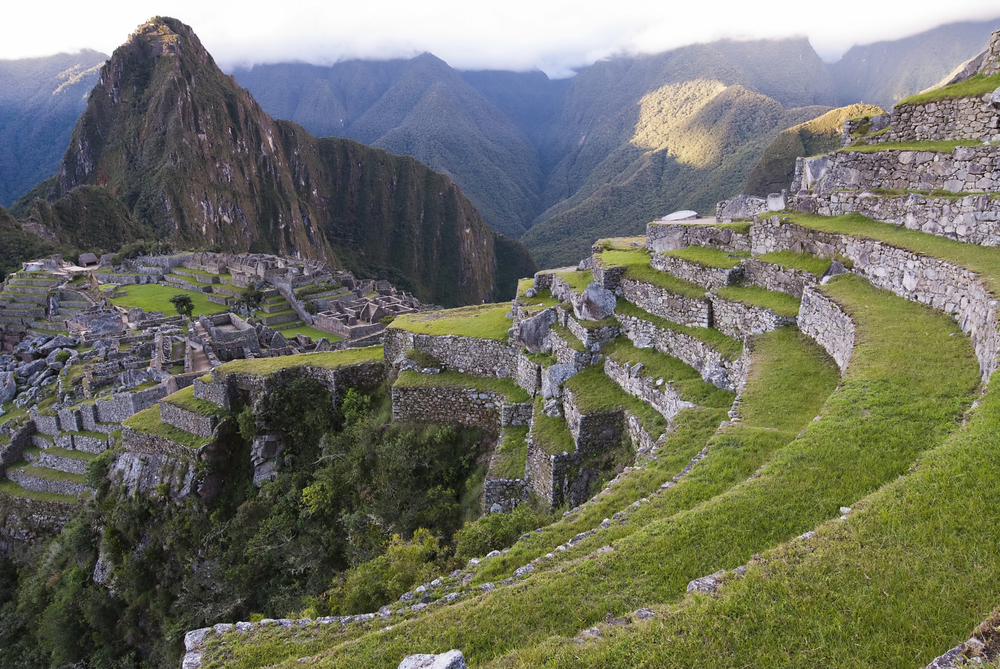
Most guided treks impose strict weight limits for personal items carried by porters (typically around 11 pounds per person). This allowance must include sleeping bags, extra clothing, toiletries, and personal items – forcing difficult packing decisions.
Anything beyond this limit requires carrying yourself in your daypack, already weighed down with water, camera gear, and daily essentials. The reality of these restrictions hits hardest on cold mornings when you must choose between extra layers or keeping your pack manageable for the day ahead.
Photography Limitations

The challenging weather conditions, weight restrictions, and physical exhaustion create significant photography limitations. Carrying proper camera equipment adds substantial weight, yet smartphone cameras often fail to capture the scale and grandeur of the landscape.
Mist, rain, and extreme light contrasts between mountains and sky create technical challenges even for experienced photographers. Many hikers discover their carefully planned photography ambitions evaporate under the realities of the trail conditions.
Beyond The Postcard Views
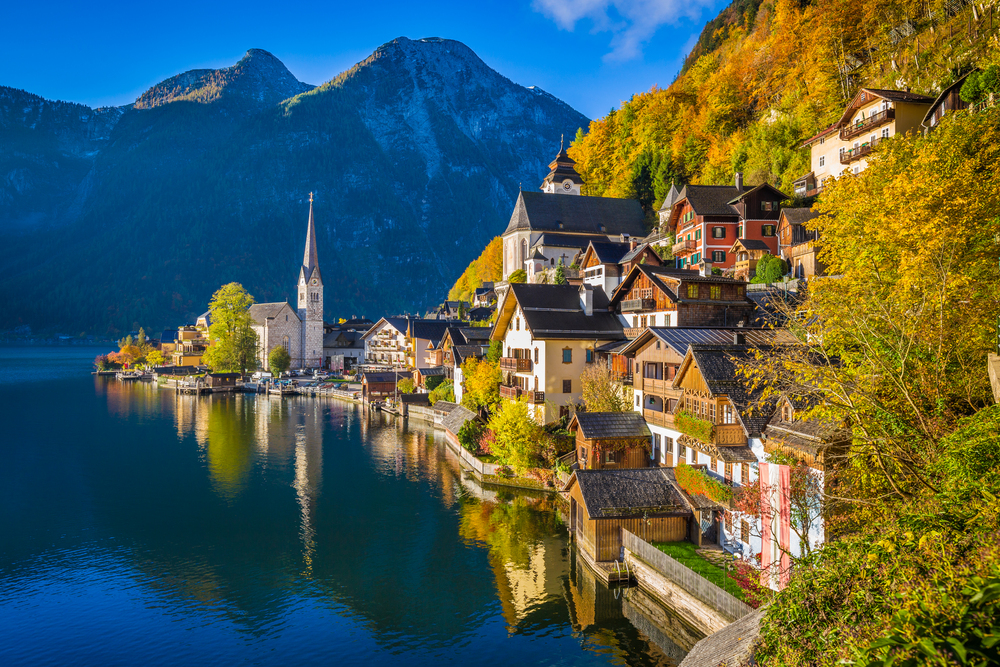
The journey to Machu Picchu tests travelers physically, mentally, and sometimes emotionally in ways glossy travel brochures rarely convey. Yet thousands complete these treks annually and consider the experience among their most profound travel memories.
The true magic lies precisely in these unexpected challenges – transforming what could have been simple tourism into genuine adventure. The difficulties create shared experiences that forge connections with fellow hikers while providing a deeper appreciation for both the natural landscape and the remarkable civilization that built pathways through these mountains centuries ago.
More from Travel Pug

- Cities Growing so Fast You Won’t Recognize Them in 10 Years
- 13 Destinations Where Tourists Regularly Regret Their Trip
- 20 Obscure WWII Sites Even History Buffs Don’t Know About
- 10 Under-the-Radar Mountain Towns That Are Both Affordable and Beautiful
- Remote Villages in Europe Where You Can Live for Free in Exchange for Work
Like Travel Pug’s content? Follow us on MSN.
